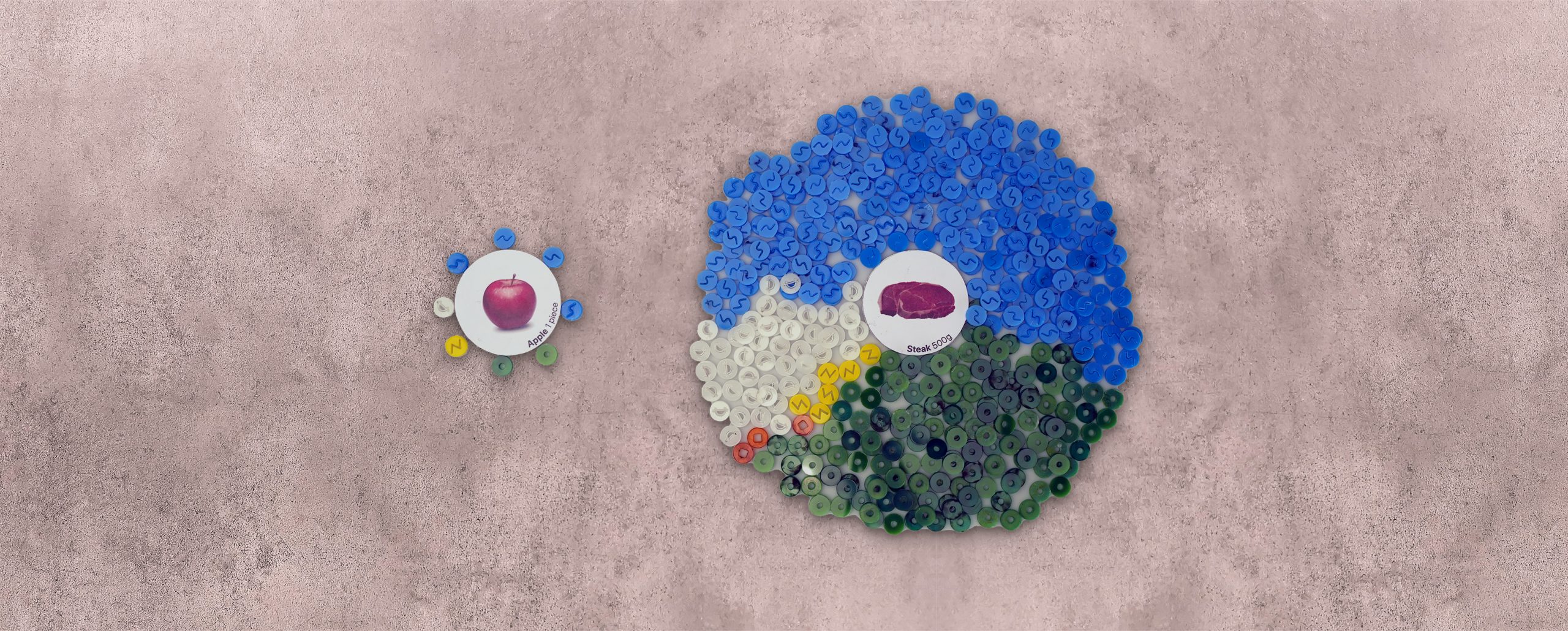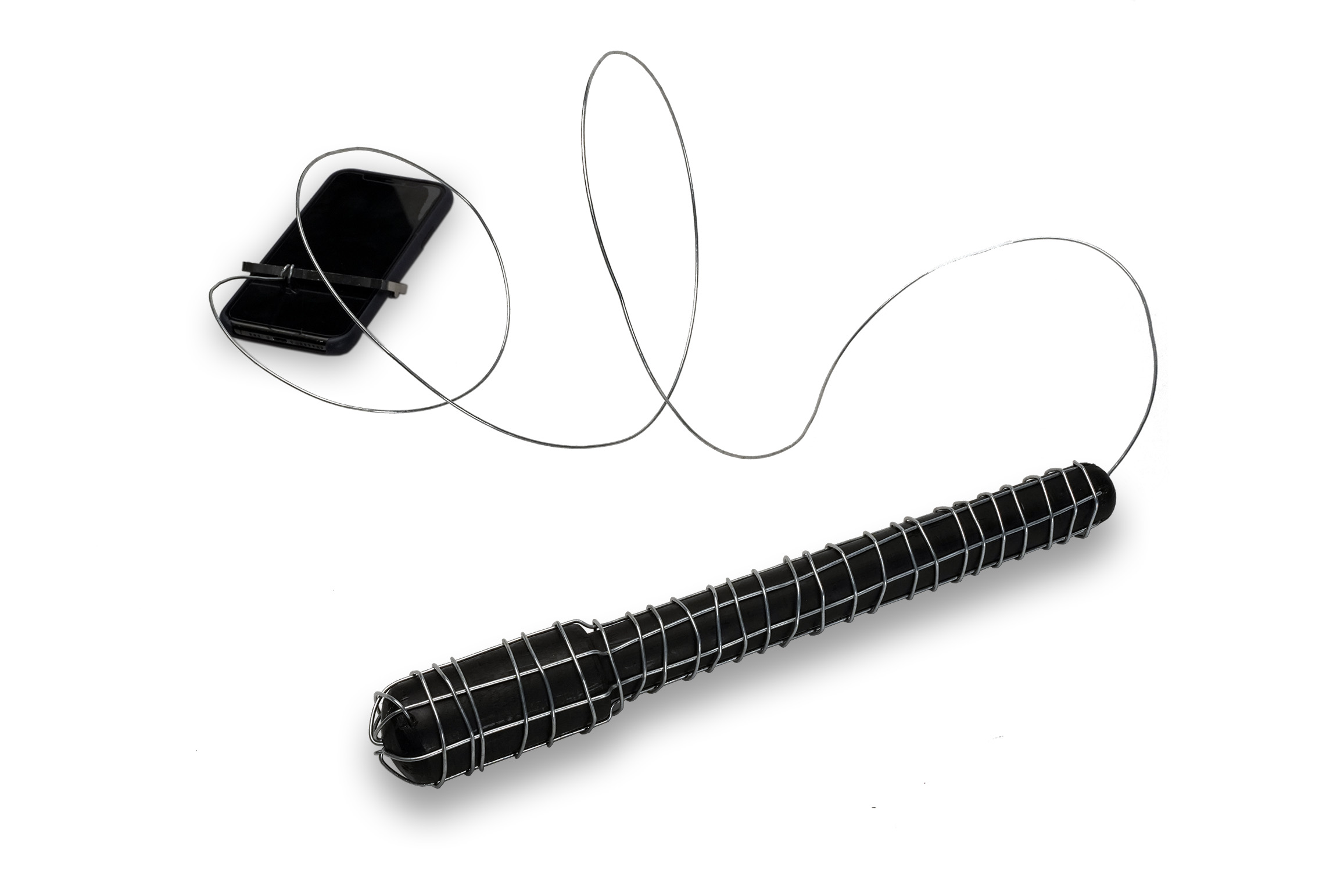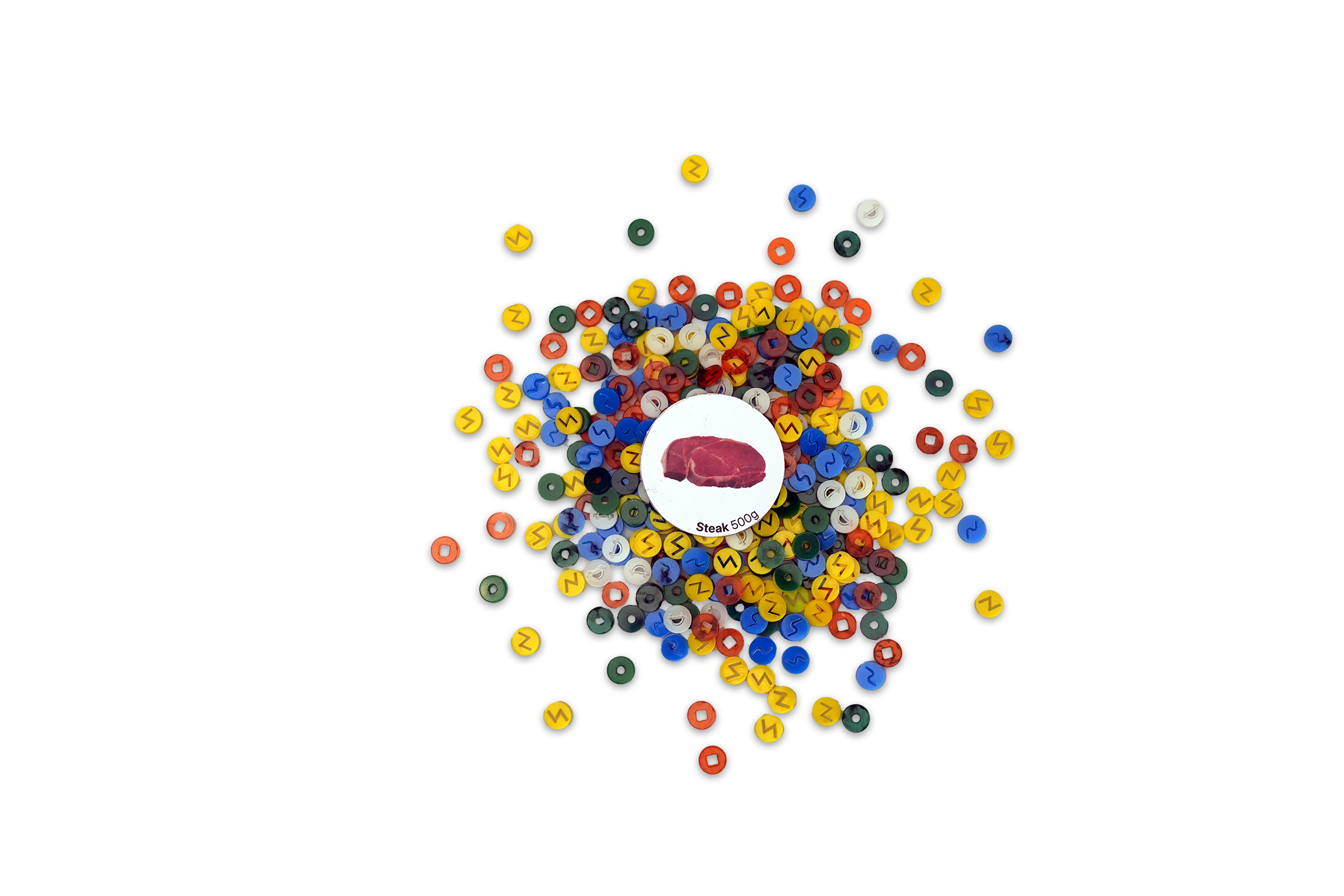This project uses critical design methods and creates a future scenario that addresses ecological and social challenges. Based on an analysis of political and ecological developments since the 1970s, the scenario predicts a dystopian future in which resource scarcity and economic instability prevail. AllOne, a giant corporation, intervenes by introducing new resource contingents in addition to the monetary currency in order to keep the hyper-capitalist system running as efficiently as possible in a pseudo-socialist manner. The scenario shows a world in which personal freedoms are restricted and highlights the effects on people of different classes through the design of objects and characters.
Read more about the process and our anticipated future scenario
Critical Design deliberately resists purely functional or aesthetic approaches and instead focuses on creating unconventional objects that address important social issues, stimulate discussion and raise critical questions.
But enough of the theory. Our task was to design a future scenario, focussing on ecological and social problems. Then we should sketch out future life: How certain fictional characters organise their everyday lives and which objects they interact with.
Firstly, we carried out research and analysed the political and ecological situation from 1970 onwards, highlighting some of the differences between Eastern and Western Europe. It was interesting to note that despite warnings from various scientists and institutions about the ecological consequences of constant economic growth, capitalism and a growing world population, no significant political changes were made. Overall, we observed the trend that modern Western governments are becoming increasingly liberal and losing power to drive major social change. On the other hand, a small number of increasingly large corporations (so-called global players) are gaining more and more influence over world affairs.
We anticipated that the resources available to us would become increasingly scarce and lead to rising prices. In our scenario, this eventually leads to hyperinflation and a crash that affects not only the financial sector but also governments. Large sections of the population can no longer even afford basic foodstuffs. That's why they take to the streets and try to secure their basic needs in other ways, often with violence and without order. But such an anarchic state is not only catastrophic for the people and politicians, but above all for the economy. After some time and failed attempts by weakened governments to take action, the largest company in the world, "AllOne", comes up with a plan:
Timeline from 1970 to 2071: Political developments up to the expansion of AllOne
The selected data forms the basis of our scenario. (Disclaimer: not a scientific project)
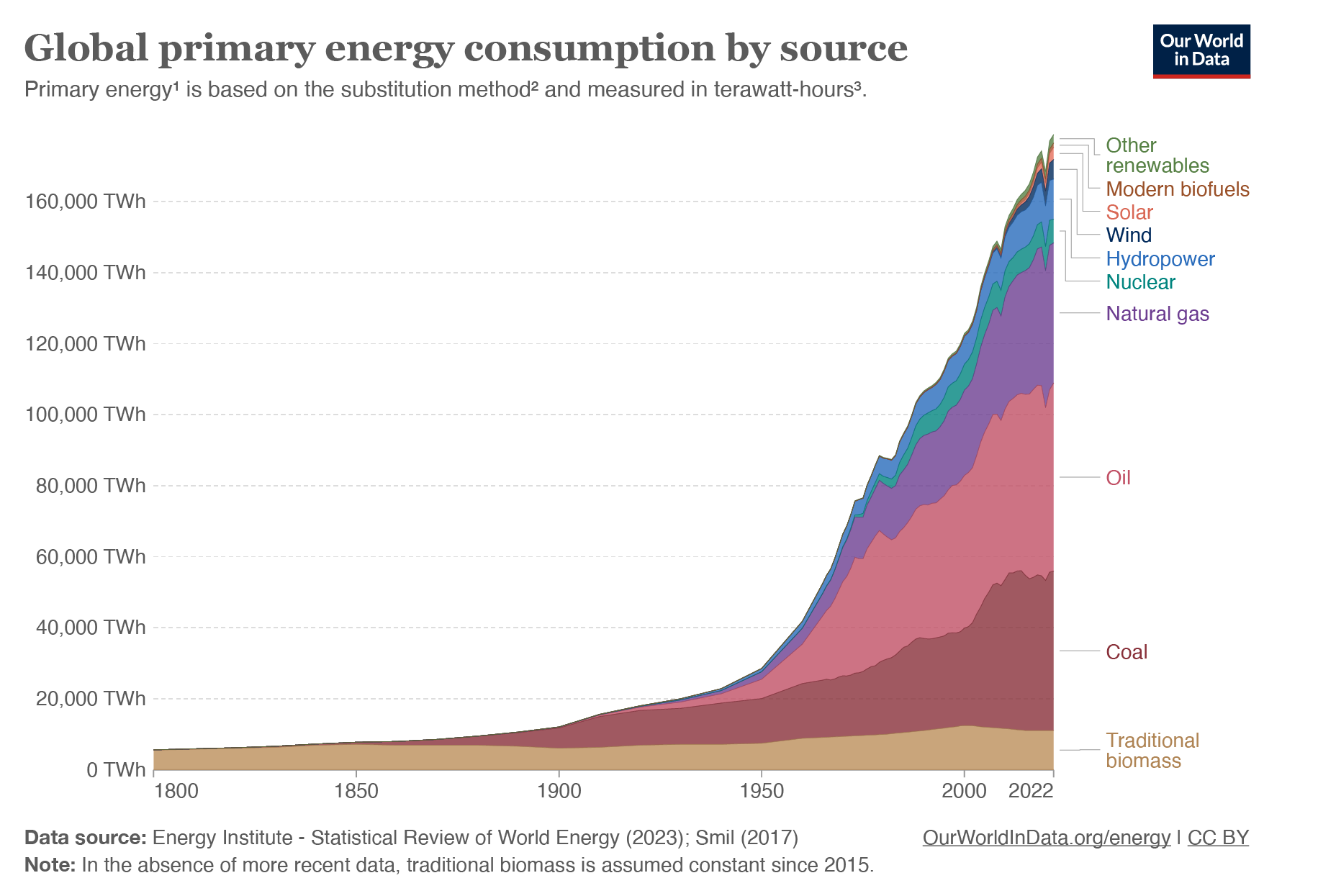

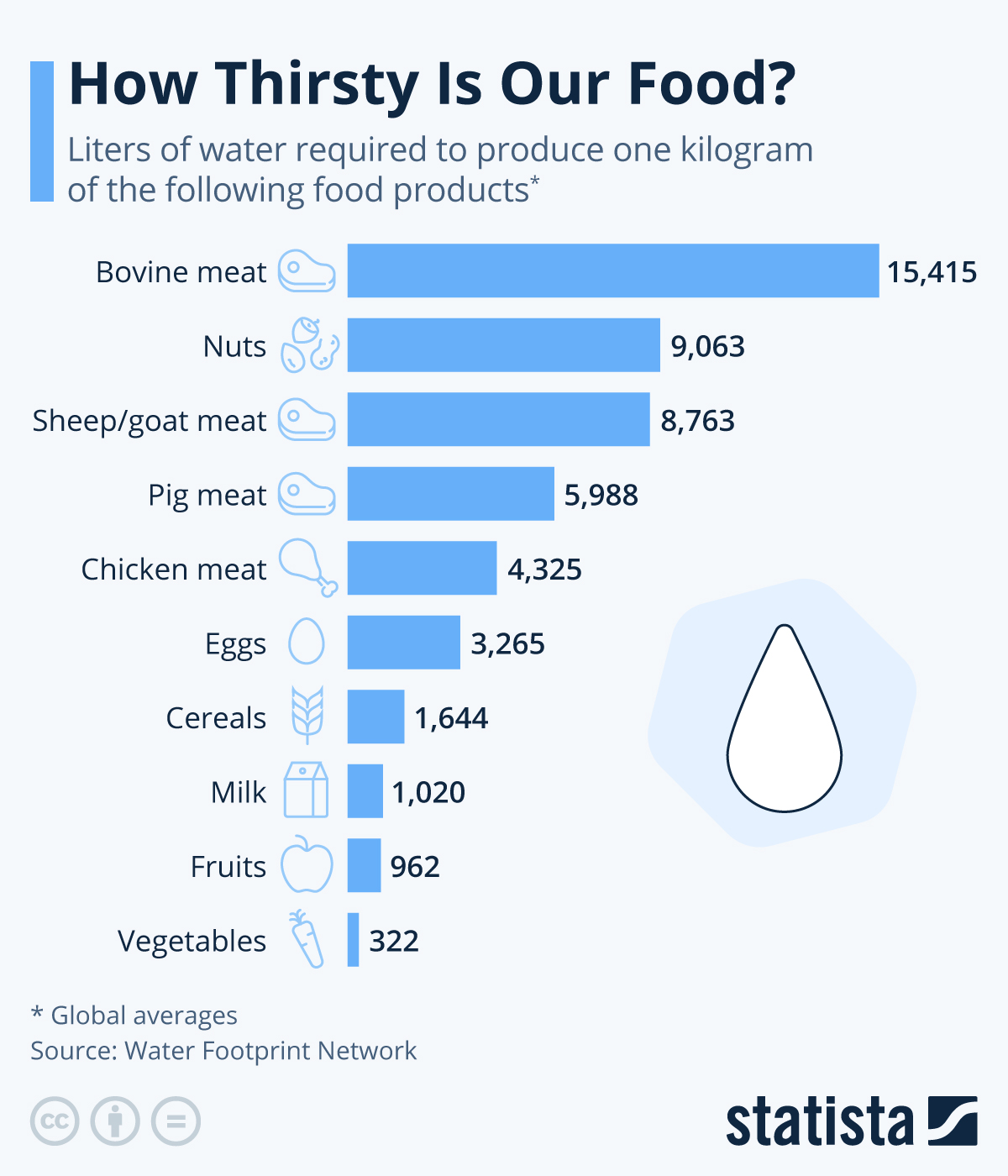
The two-week project was created as part of my Erasmus at VDA Vilnius with my best fellow students Giorgia Forloni and Dagmara Jarzynska. <3
Presentation of the company "AllOne" and the services offered:
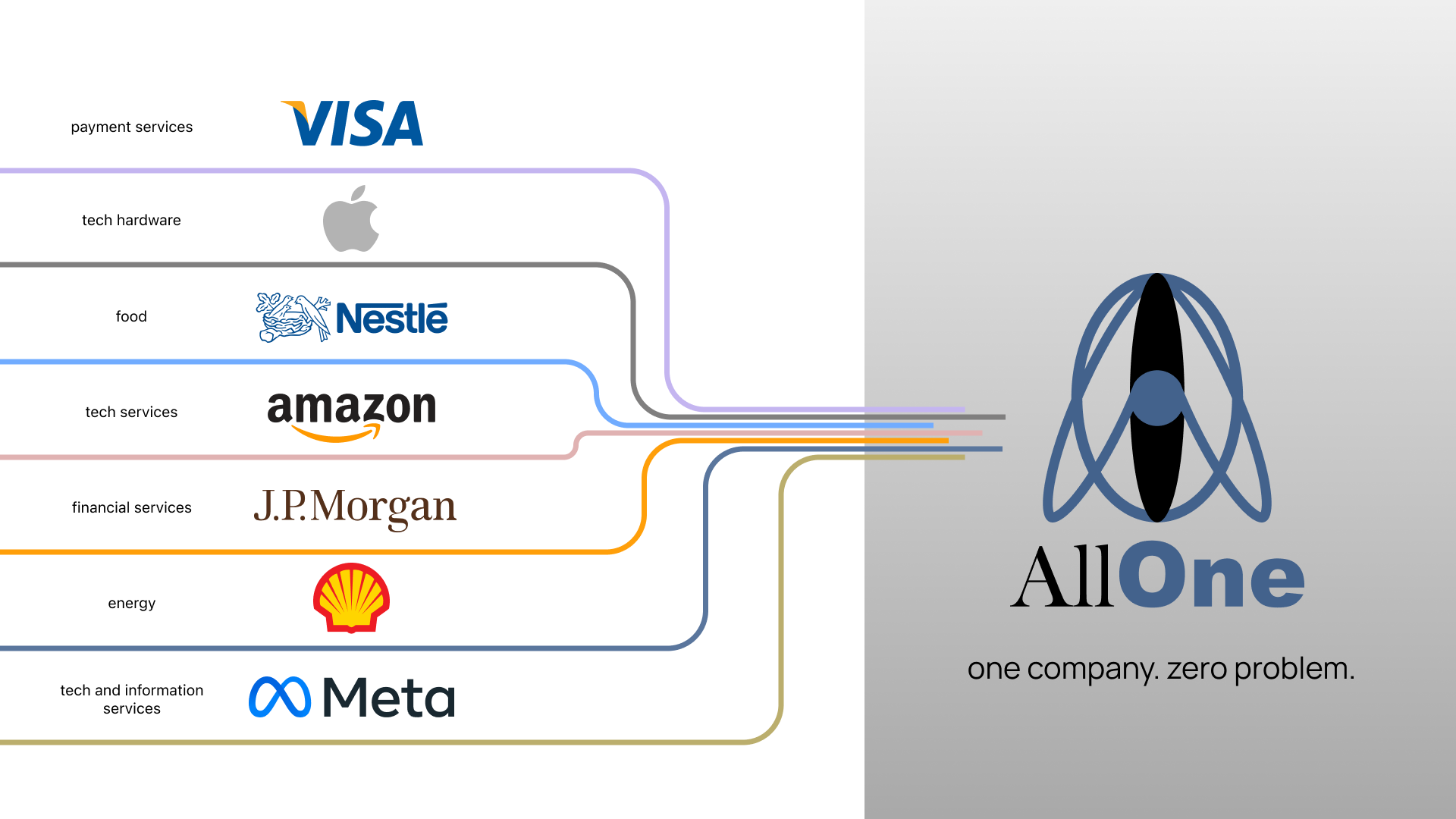
The AllOne company was created through the gradual merger of several large corporations into a single company. In 2071, it has a market share of 69%.
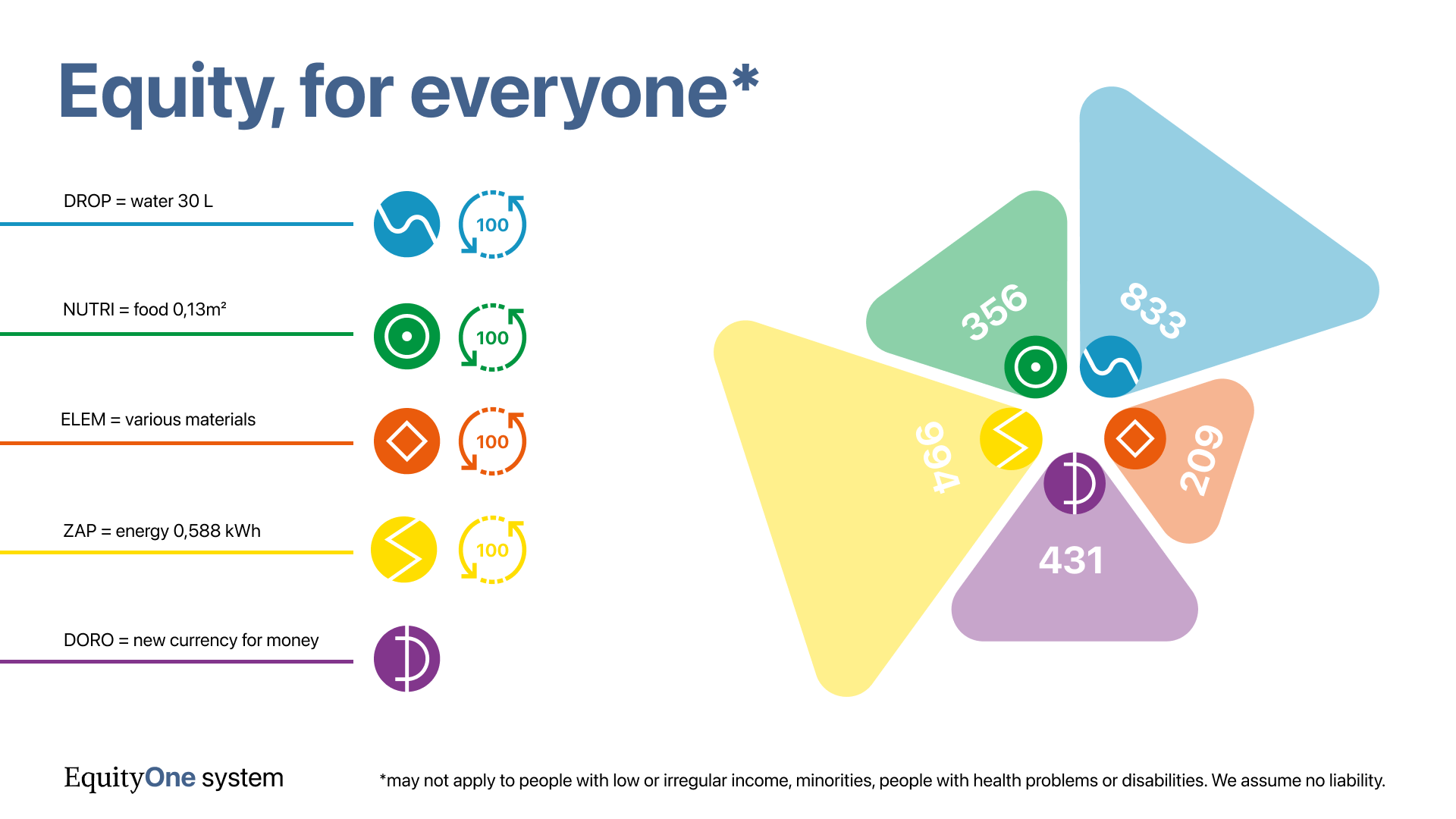
Every AllOne customer (approximately 70% of the world's population) receives a contingent of limited resources in addition to their regular salary in "Doro". Four new currencies are introduced:
- Drops: Daily available water
- Nutris: Global agricultural area that can be harvested in one day
- Elem: Various limited resources (such as rare earths, lithium, copper, etc.) in relation to global capacity
- Zaps: Energy generated daily
AllOne's AI divides this capacity by the current world population and then by 100. In this way, 100 units of the new currency are available to every AllOne customer every day. Products now no longer only have a monetary price, but also a resource price.
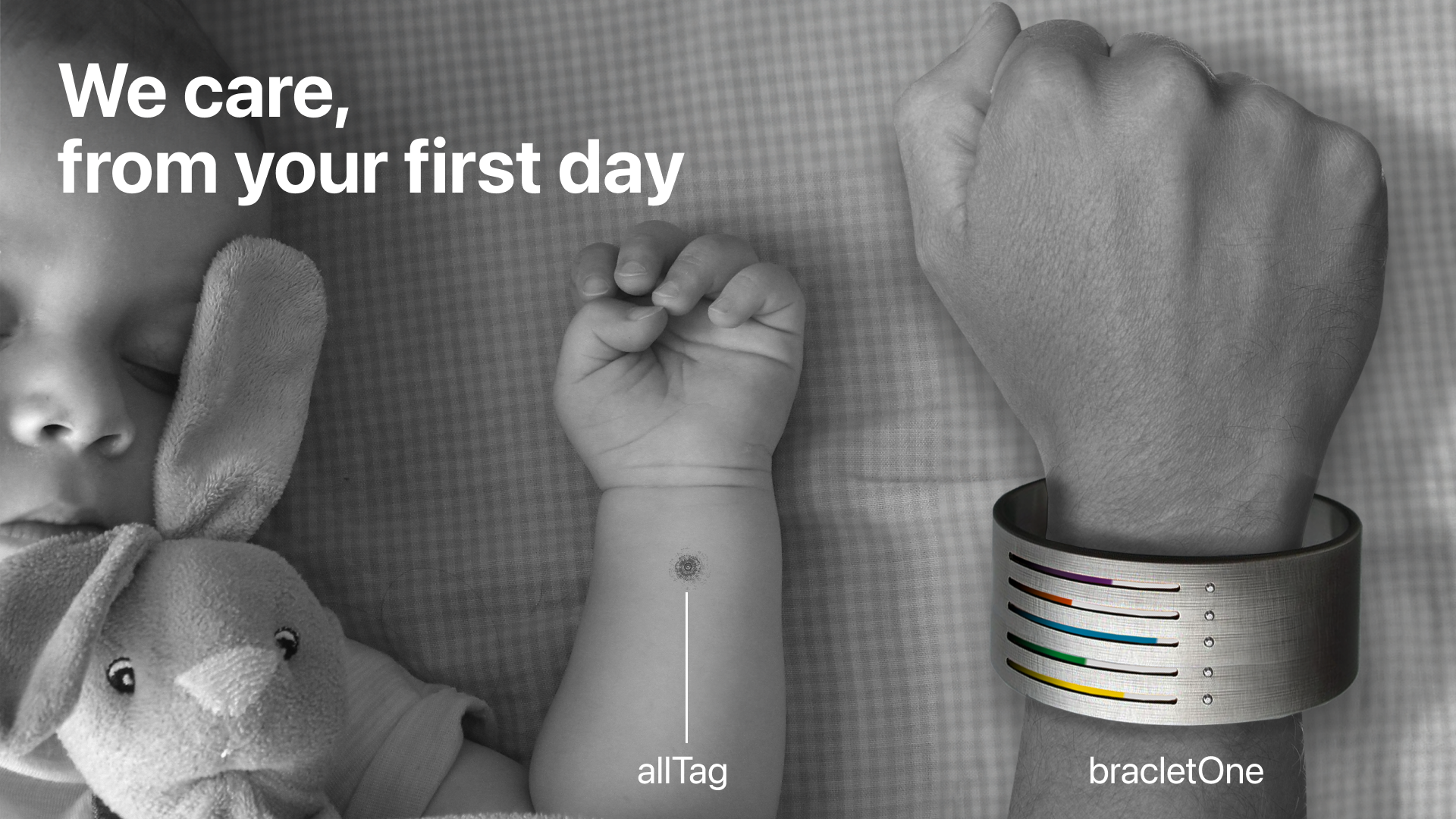
To ensure maximum security, AllOne kindly implants a small chip in the arm of every newborn child so that they can be clearly identified. On their 18th birthday, AllOne gives everyone a wristband on which they can view their account balance and make payments. By wearing the account balance publicly, AllOne hopes that its users will be able to compare themselves directly, which should result in increased productivity. In addition, more luxurious wristbands can be purchased to set oneself apart from others and serve as a status symbol.
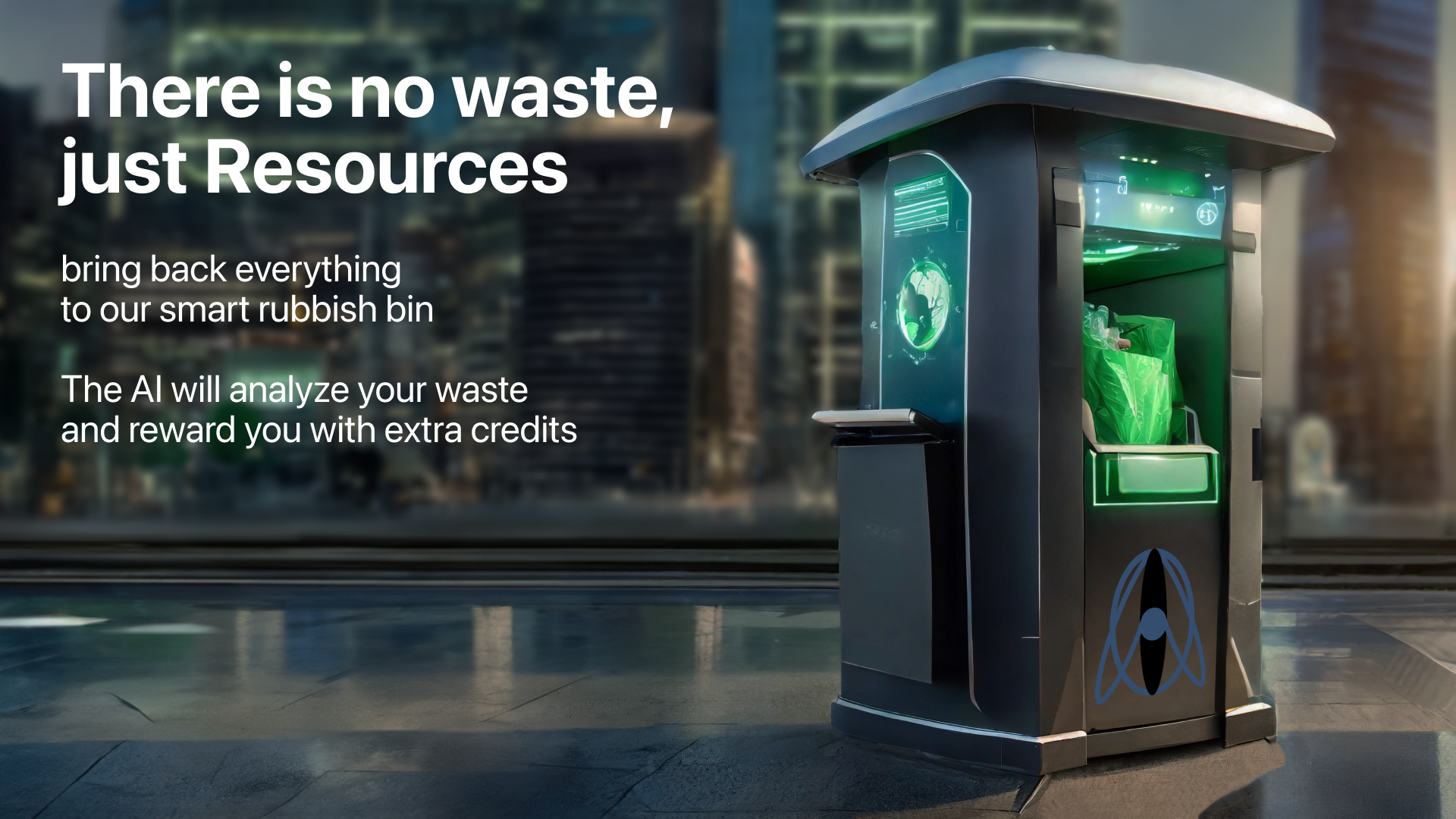
As resources become scarcer and recycling technology advances, in our scenario waste is no longer separated by material, but by companys. In addition to the "AllOne waste bin", there are also a few waste bins from other companies. The companies endeavour to collect as much waste as possible in order to recycle the raw materials and convert them into new products. This is more cost-effective than using up primary sources of raw materials. The companies even reimburse users a small resource price when they put rubbish in the bin. The price depends on the material of the rubbish, which is automatically scanned in the bin.

Almost all products are available in the AllOne online shop. They not only have a monetary price in "Doro", but also a general resource price. The resource currencies Drops, Nutris, Elems and Zaps are added together for a better overview and result in a general resource price "R". A detailed breakdown of the general resource price can be viewed by looking at the price with your AR glasses. AllOne's AI is of course aware of the user's account balance and can calculate whether the product is within budget or whether it is not suitable for the lifestyle before the purchase is made.
We have selected and developed four fictitious people with different lifestyles in this scenario. For each person, we have designed an object that plays an important role in their life. See also the film below.
